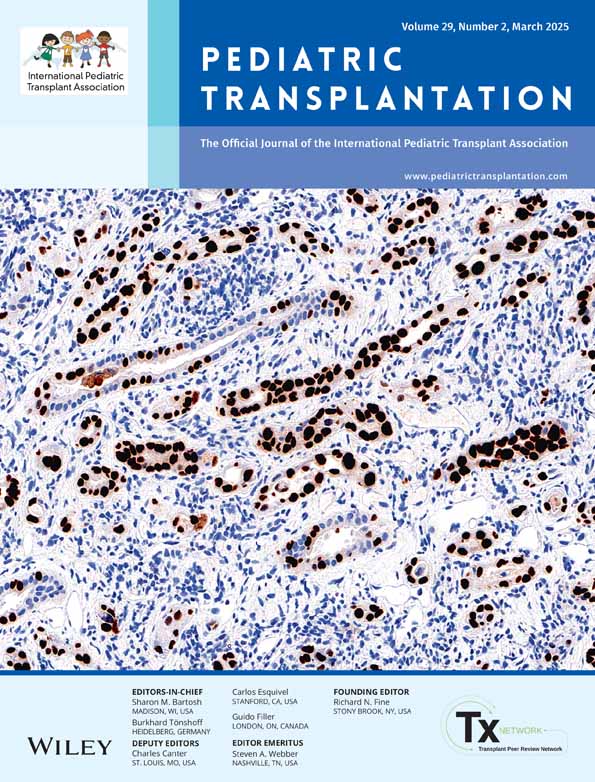Liver Transplantation for Children With Budd-Chiari Syndrome: A Case Report From Vietnam and Literature Review
ABSTRACT
Budd-Chiari syndrome (BCS) presents with various degrees of liver damage, and the choice of treatment depends on the type and extent of hepatic injury. Liver transplantation (LT) is considered as the final treatment option when other interventions are not feasible and when the liver injury is irreversible. We report a case of a pediatric patient with BCS who underwent liver transplantation from a living donor in the context of thrombophilic disorder.
Case Presentation
A 14-month-old girl was admitted to the hospital with ascites. She was malnourished, and an abdominal CT scan confirmed significant ascites with no visualization of the hepatic veins and retrohepatic inferior vena cava (IVC). A liver biopsy revealed fibrosis, necrosis, and parenchymal hemorrhage. Patient's portal hypertension was managed with prophylactic beta-blocker Propranolol and endoscopic esophageal variceal ligation. However, she was hospitalized four times due to gastrointestinal bleeding from ruptured esophageal varices. Protein C deficiency was found as probable etiology of BCS. The patient underwent liver transplantation at 3 years and 8 months old with a liver from a parental living donor. The surgery and postoperative course were uneventful, and the patient was discharged 25 days after the transplant.
Clinical Discussion
Hypercoagulability is often the underlying cause of BCS. Maintaining anticoagulation/thrombophilic balance postoperatively contributed to the successful liver transplantation in this pediatric patient.
Conclusion
Liver transplantation is a safe and effective treatment for pediatric patients with BCS who meet the criteria for the procedure.
Open Research
Data Availability Statement
The data that support the findings of this study are available from the corresponding author upon reasonable request.




